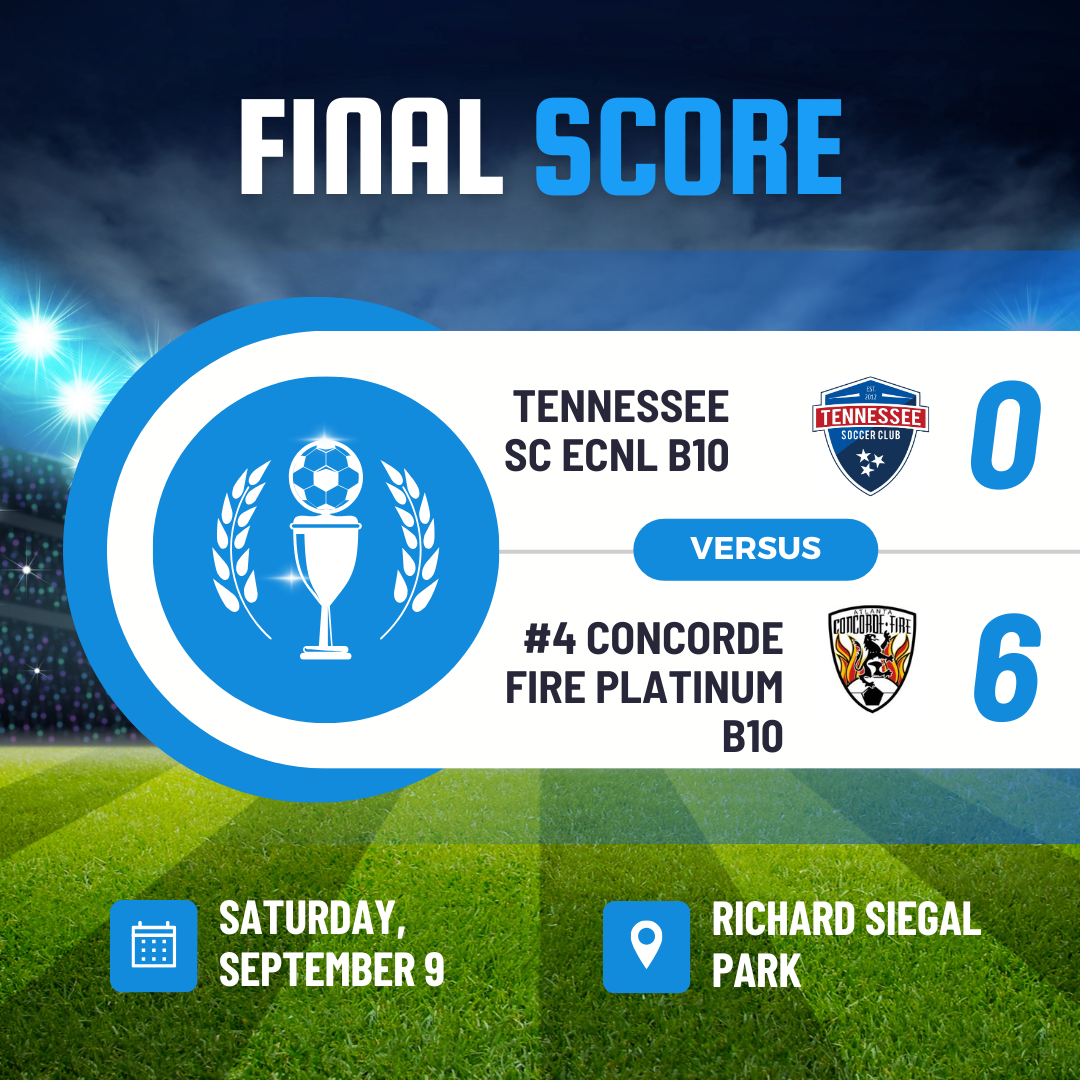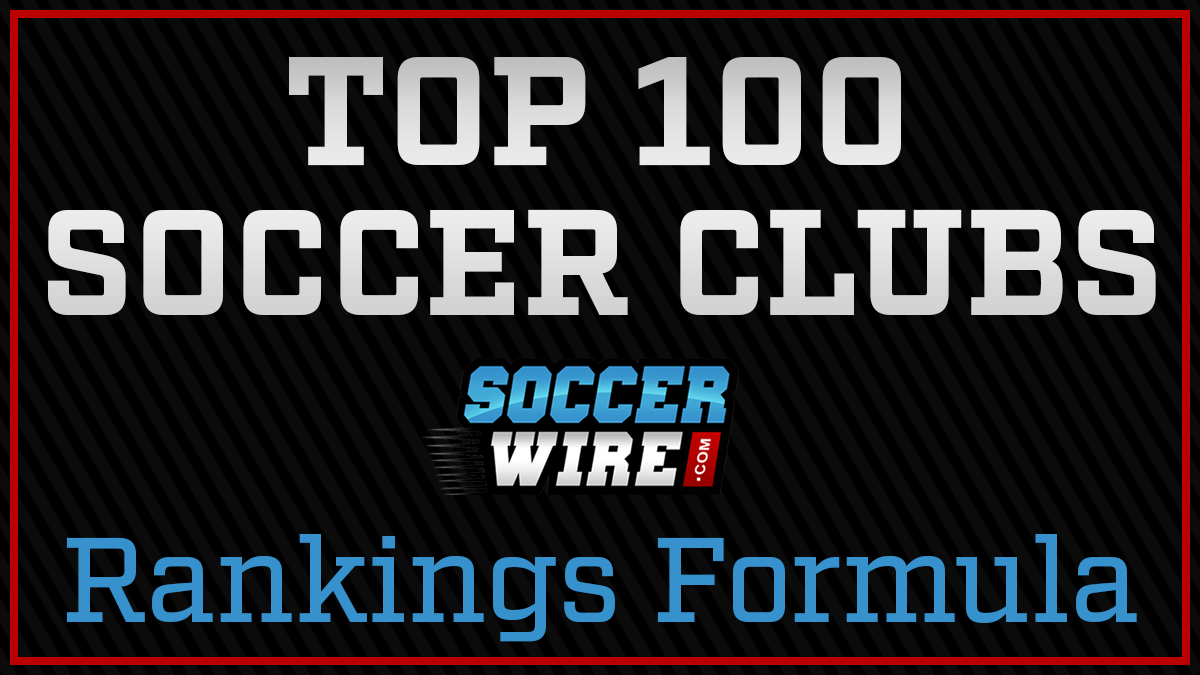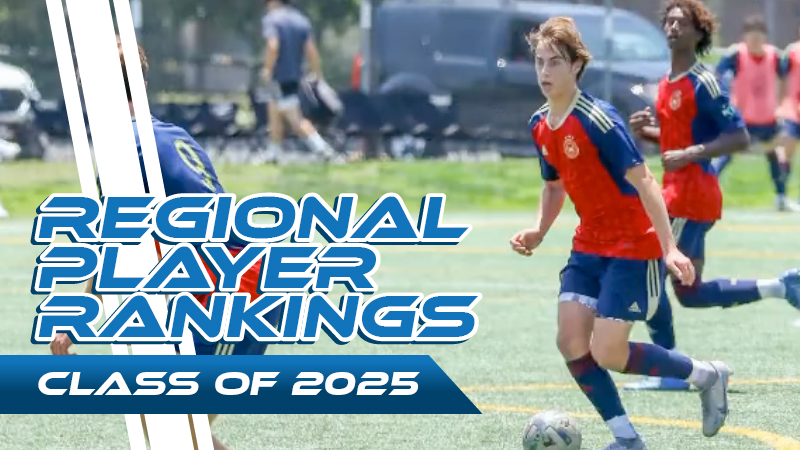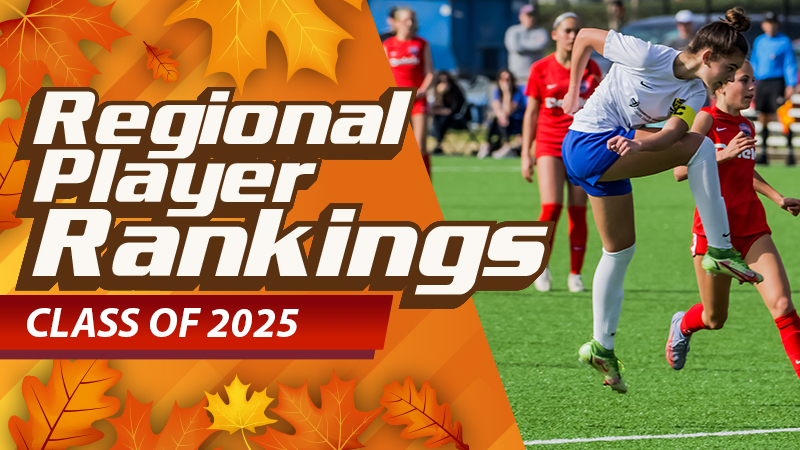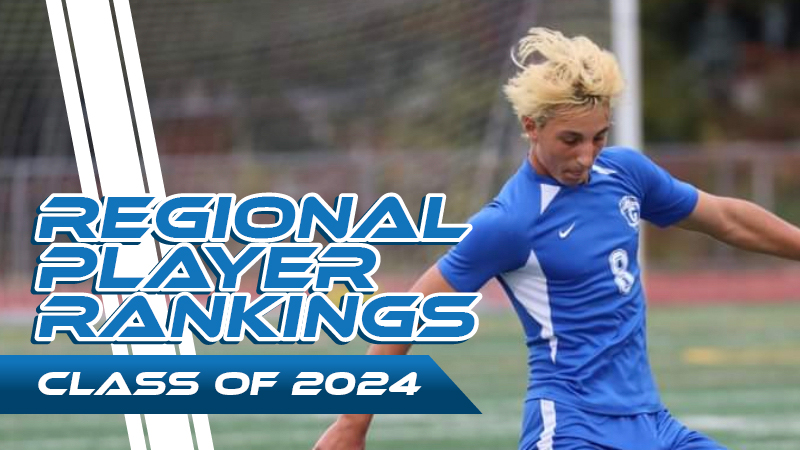Youth soccer is a popular and competitive sport, and players of all ages strive to improve their skills and abilities. One important aspect of youth soccer is the use of color rankings to indicate a player’s level of play. These rankings are used by coaches, parents, and players to assess a player’s progress and potential.
In this article, we will discuss the 10 most common youth soccer color rankings and provide a detailed explanation of each ranking. We will also provide tips on how to improve your ranking and move up the ladder.
1. White

White is the lowest color ranking in youth soccer. Players who are new to the sport or have not yet developed their skills are typically ranked white. White players are usually placed on recreational teams and play against other white players.
2. Yellow

Yellow is the second-lowest color ranking in youth soccer. Players who have developed some basic skills and are starting to understand the game are typically ranked yellow. Yellow players are usually placed on recreational or competitive teams and play against other yellow or white players.
3. Orange

Orange is the third-lowest color ranking in youth soccer. Players who have developed good ball control, passing, and shooting skills are typically ranked orange. Orange players are usually placed on competitive teams and play against other orange or yellow players.
4. Green

Green is the fourth-lowest color ranking in youth soccer. Players who have developed excellent ball control, passing, shooting, and dribbling skills are typically ranked green. Green players are usually placed on competitive teams and play against other green or orange players.
5. Blue

Blue is the fifth-lowest color ranking in youth soccer. Players who have developed exceptional ball control, passing, shooting, dribbling, and defensive skills are typically ranked blue. Blue players are usually placed on competitive teams and play against other blue or green players.
6. Purple

Purple is the sixth-lowest color ranking in youth soccer. Players who have developed outstanding ball control, passing, shooting, dribbling, defensive, and leadership skills are typically ranked purple. Purple players are usually placed on competitive teams and play against other purple or blue players.
7. Red
Red is the seventh-lowest color ranking in youth soccer. Players who have developed elite ball control, passing, shooting, dribbling, defensive, leadership, and tactical skills are typically ranked red. Red players are usually placed on competitive teams and play against other red or purple players.
8. Black

Black is the eighth-lowest color ranking in youth soccer. Players who have developed exceptional ball control, passing, shooting, dribbling, defensive, leadership, tactical, and mental skills are typically ranked black. Black players are usually placed on competitive teams and play against other black or red players.
9. Gold
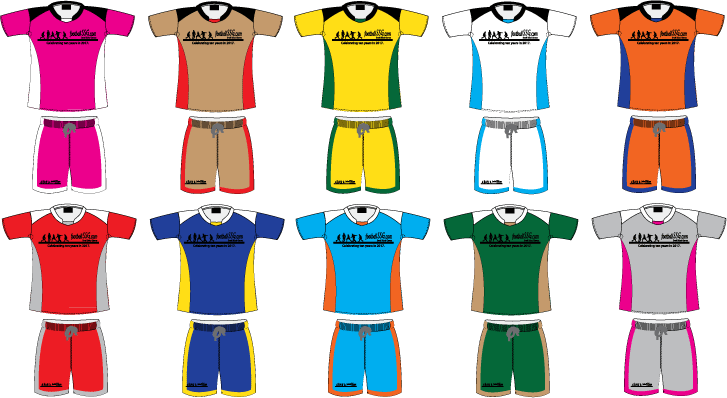
Gold is the ninth-lowest color ranking in youth soccer. Players who have developed outstanding ball control, passing, shooting, dribbling, defensive, leadership, tactical, mental, and physical skills are typically ranked gold. Gold players are usually placed on competitive teams and play against other gold or black players.
10. Platinum

Platinum is the highest color ranking in youth soccer. Players who have developed elite ball control, passing, shooting, dribbling, defensive, leadership, tactical, mental, physical, and technical skills are typically ranked platinum. Platinum players are usually placed on competitive teams and play against other platinum or gold players.
Other ideas you might like


